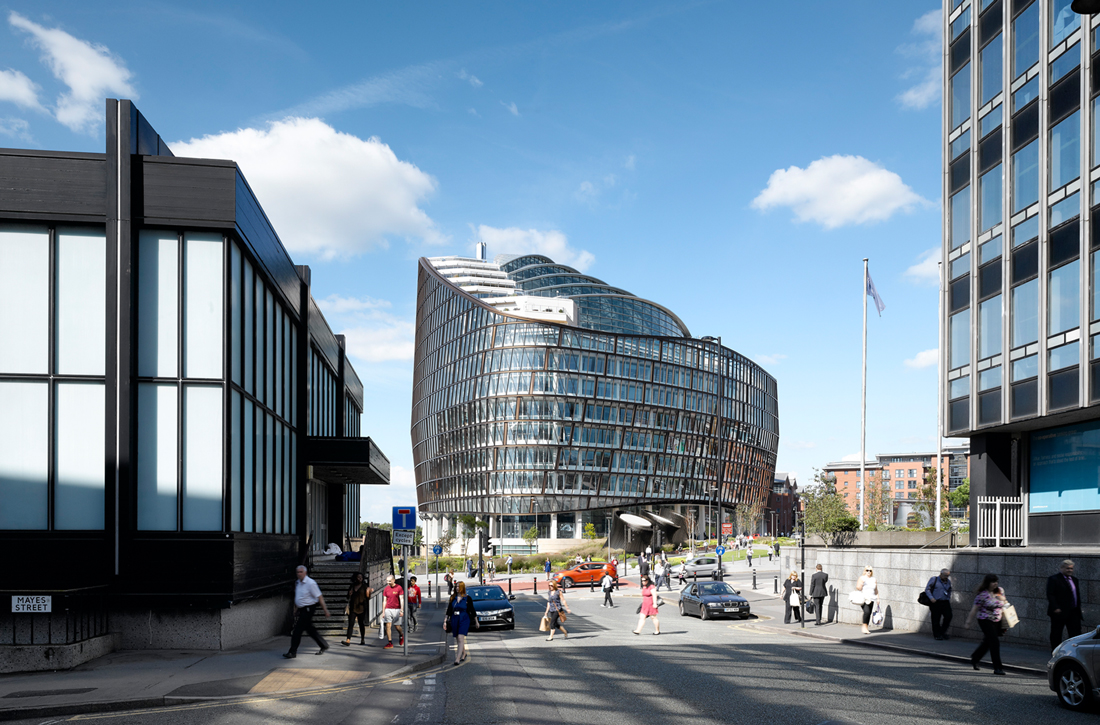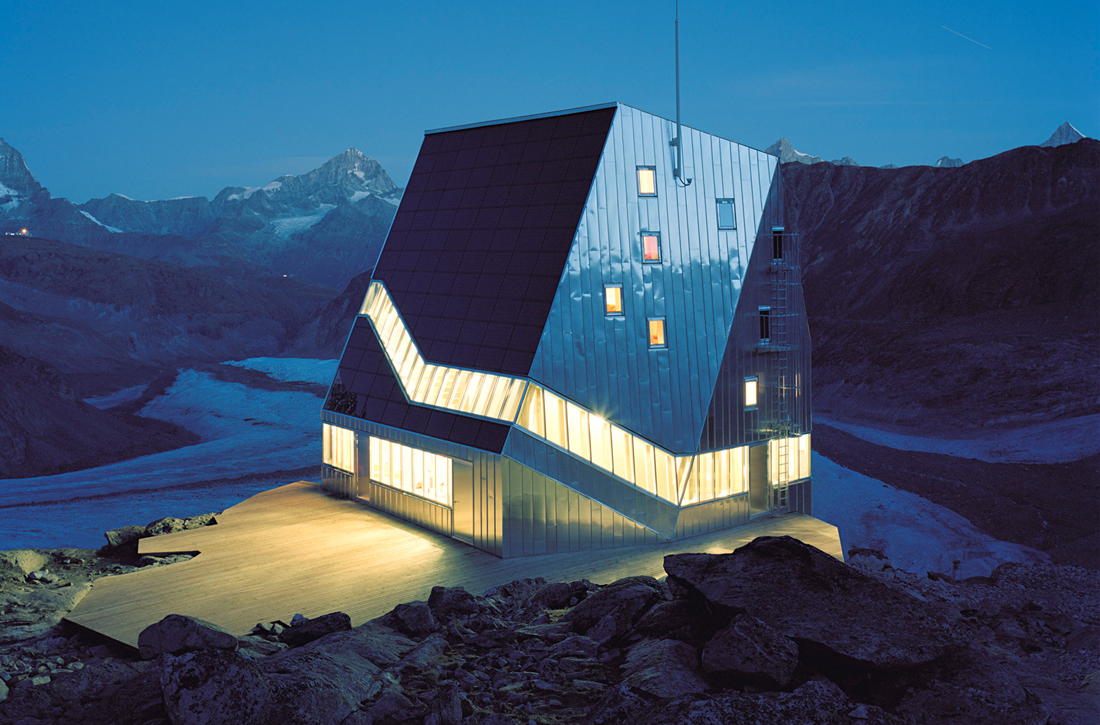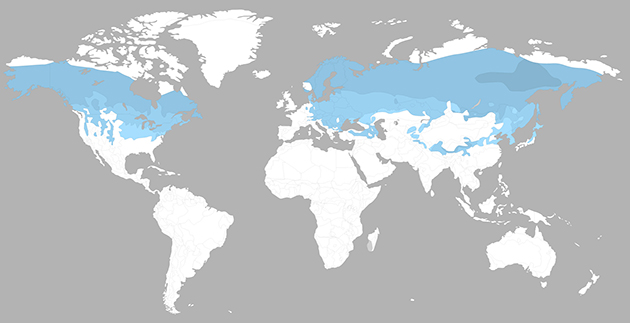.jpg)
PROJECT INFO
Building type:
Residential
Year:
2013
Project Status:
Built
Gross Area:
146 Sqm
Certificates:
Climatic zone:
Continental
MY LAST SEEN PROJECTS
.jpg)

.jpg)
.jpg)
.jpg)










.jpg)

PROJECT DESCRIPTION
The Adaptable House centres around flexibility and identifies how a flexible design of a single-family house can save time,
resources and CO2 in connection with conversions and extensions. It forms part of a large development project comprising six demonstration houses in Nyborg, Denmark, aimed to illustrate different ways of minimizing CO2 emissions. The developement is financed by Realdania Byg.
The house is designed as a single-family house of 146 m2 and focuses on our changing needs and requirements for our home through life. Couples get together and have children who grow up and move away from home. Some couples are divorced – and in any case, our mobility and ability to take care of ourselves in our own home are gradually weakened. The Adaptable House offers a number of specific solutions for addressing the changed needs as they arise.
The house can be adapted to new life patterns, ranging from family increases to new aesthetic requirements. In the adaptation process, the need for new materials is minimized – and in many cases, large conversions or extensions can be avoided and replaced by a changed spatial and functional layout.
AWARDS
SUSTAINABILITY FEATURES
Passive Solar
High efficient façade
Water-saving sanitary appliances
Sustainable building materials
Low-emitting materials and finishes
Smart design (passive design strategies)
Daylighting maximised
SUSTAINABILITY STRATEGY
The Adaptable House is among a series of six demonstration houses in Nyborg, Denmark, which illustrate different ways of minimizing CO2 emissions. The six houses constitute a CO2 laboratory that will identify the single-family houses of tomorrow and their CO2 accounts.
The six houses constitute a CO2 laboratory that will identify the single-family houses of tomorrow and their CO2 accounts.
The project looks into the CO2 accounts of the houses in all stages: Construction, operation and maintenance.
The six houses are based on the same design framework:
• The building should be a single-family house
• Size: 130-172 m2
• Budget: Average economy
• Architectural design with broad appeal
• Sale of the houses after completed experiment
Each house zooms in on specific aspects of the potential for reducing CO2 emissions, and all houses represent qualified responses to the challenges posed by themselves. The overall objective of the development project is to gain experience and create debate.
SUSTAINABILITY
The Adaptable House is based on Henning Larsen Architects’ sustainable design method, which minimizes the overall environmental impact of the project from the very first sketch.
The method operates with three levels: energy reduction; energy optimisation and energy production. At an early design stage, the building geometry is optimized by means of professional calculations and simulations of daylight, performed by Henning Larsen Architects’ in-house experts. This reduces the need for artificial lightning and costly heating and ventilation solutions.
Subsequently, low-maintenance, easily operated technical solutions are incorporated into the project, optimizing the energy performance of the building. If the desired energy classification is not obtained by these measures, energy-producing technologies such as solar cells or geothermal heat pumps are integrated into the project.
SAVINGS
The Adaptable House offers substantial CO2 savings. A family can save 26 tons CO2 by choosing The Adaptable House in preference to a standard house (based on a 170 m2 house with an energy consumption of 60 kWh/m2/year). In addition, a family saves 33 tons CO2 annually for heating and operation of The Adaptable House compared with a standard house.
The Adaptable House consumes 36 % less energy than a standard house. This primarily owes to its geometry, which is designed to reduce energy consumption. In addition, the optimized spatial layout means that excess square metres for e.g. corridor spaces are avoided. Another reason for the low energy consumption is the modular design, which provides high air density and a minimum of joints, which are often the weak point in the heat balance.
Studies show that approx. two out of three families who change addresses move to a new location within the same municipality. This illustrates that it is often deficiencies in the house and not the local community which make families move. The Adaptable House can be accommodated to meet changing needs and requirements and can thus reduce the number of relocation, which affect CO2 emissions and are a demanding process for the residents.
ENERGY DATA
Energy consumption:
N/A (N/A )
Consumption type:
Annual carbon footprint:
N/A (N/A )
Climate zone:
Continental
Min. temperature =
+21
Max temperature =
0
RH =
N/A

CLIENT
Client:
Realdania Byg
DESIGNERS
Architect:
Henning Larsen Architects
Architect:
CONSULTANTS
Specialist consultant:
Structural Engineer:
Anders Christensen
CONTRACTORS
Contractor:
Benée Huse
OTHER PROJECTS BY TEAM
SIMILAR PROJECTS




Bodø, Norway | 2013
.jpg)


Malmö, Sweden | 2001
.jpg)
.jpg)

.jpg)

Traversa di Via Assunta, 00042 Anzio RM, Italia | 2016


San Pedro Garza García, Nuevo Leon, Mexico | 2019




62011 Cingoli MC, Italia | 2011

Via Emanuela Loi, 25, 00143 Roma RM, Italy | 2025

Via Emanuela Loi, 25, 00143 Roma RM, Italy | 2025

Via Emanuela Loi, 25, 00143 Roma RM, Italy | 2025

Via Emanuela Loi, 25, 00143 Roma RM, Italy | 2025